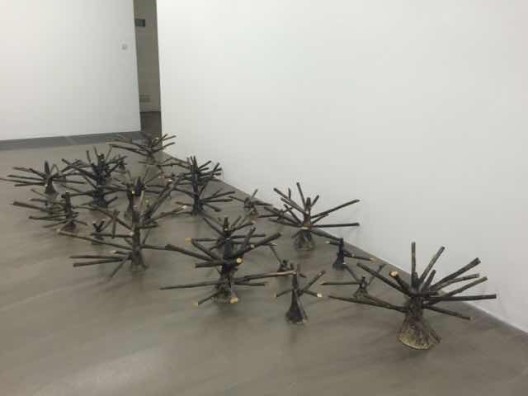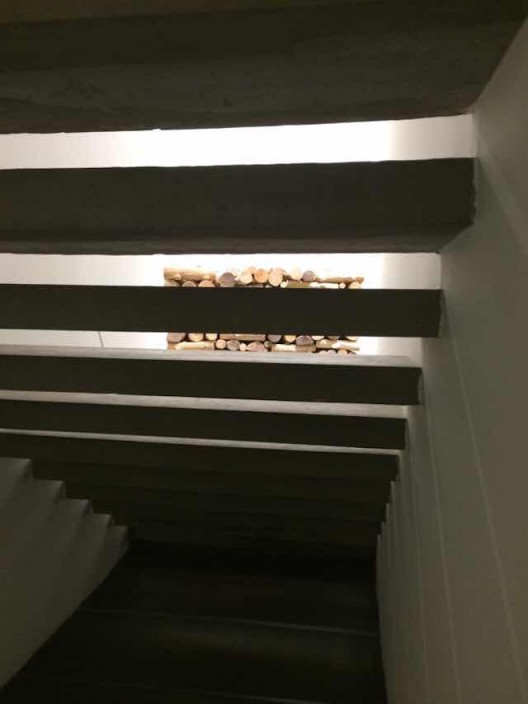Galerie Urs Meile Beijing ( No. 104 Caochangdi, Chaoyang District, Beijing), February 7th – April 12th, 2015
Though he has worked exclusively with sculpture in the past, Hu Qingyan created his first video work entitled “From the Studio to the Gallery” for his new solo exhibition. Carrying a pieces of canvas on his back, the artist walks the two meters from his studio to the art gallery; along the way, shadows from trees and people fall upon the blank white canvas, becoming the key images in this short documentary film. For Hu Qingyan, this journey is no different from the way he uses his hands to mold objects out of clay – there is a similar sense of ease in the use of materials, display, and the way the artist carries the canvas with him. Though it appears to be a spectacle, whether it’s positioned upright, or horizontally, “The Empty Room” is merely a closed circuit chain of hollow metal pipes; Hu Qingyan has no input on how the piece is arranged for exhibition. Interestingly, “air” is also included among the materials used, and is also the element linking the many pieces on show. In “One Breath”, white marble sculptures are carved to resemble plastic bags full of air, while another piece is composed of a pair of hollow, molded bluestone statues; the construction of all pieces on show possess an internal hollowness. Another example is found in “The People”, a work composed of 330 pieces of rusted scrap steel tubes lying scattered on the ground, where each segment has been compressed like an empty paint tube, bereft of all except air. The artist’s keen interest in air seems to reflect an ambivalence that caters to and distances him from a logical and rational sculptural technique. As a superior craftsman, Hu Qingyan is clearly unsatisfied with mere likeness and form, “on some level, creating a work which physically departs from its archetype while imbuing the piece with the essence of that archetype is more appealing to me than creating a perfectly formed sculptural illusion.” This is evident whether the artist is asking factory workers to weld pieces of metal and steel tubing, or milling timber and carving pieces of fake wood (in “Firewood”, pieces of wood are stacked in an extremely minimalist eight cubic meter cube reminiscent of Bharti Kher’s cube sculptures), or asking mothers to paint pieces of plaid cloth, or even transplanting the “branch-like” bases of metal molds used in copper foundries into the exhibition hall (“Fruitless Trees”). However, when stripped of all speech and intention, the objects on view are still creations possessing a strong sense of form and aesthetics – a continuation of familiar aesthetic habits. It is as if the artist has blown a puff of air at his art, and bestowed upon them the breath of life.
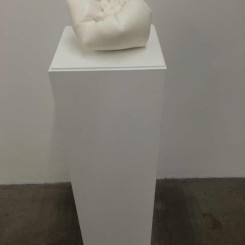
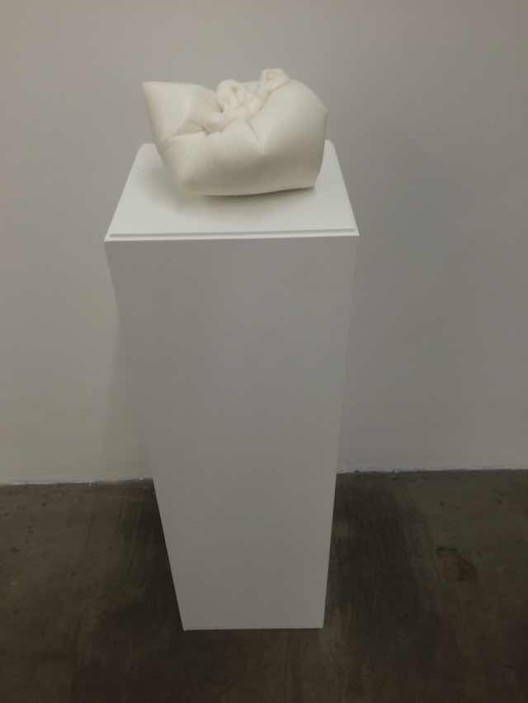
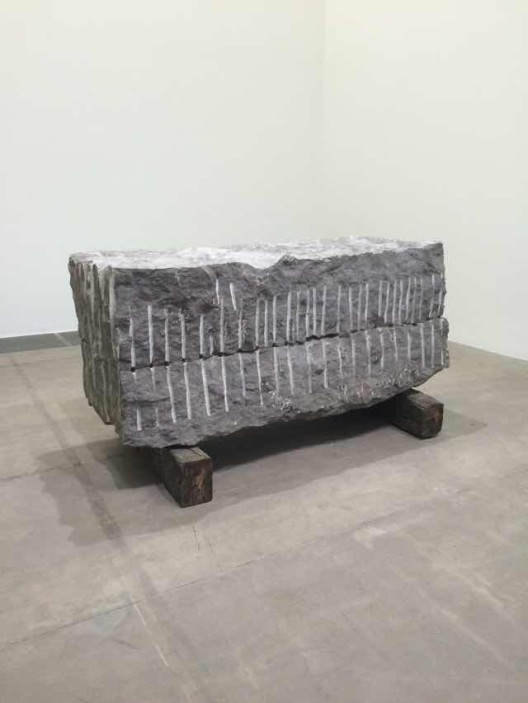
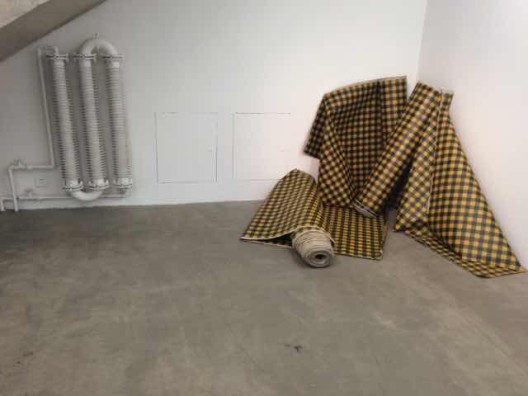
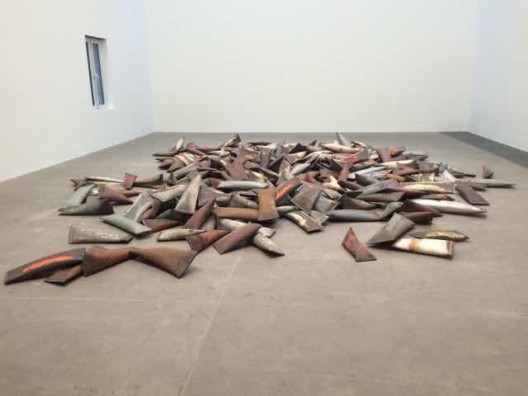
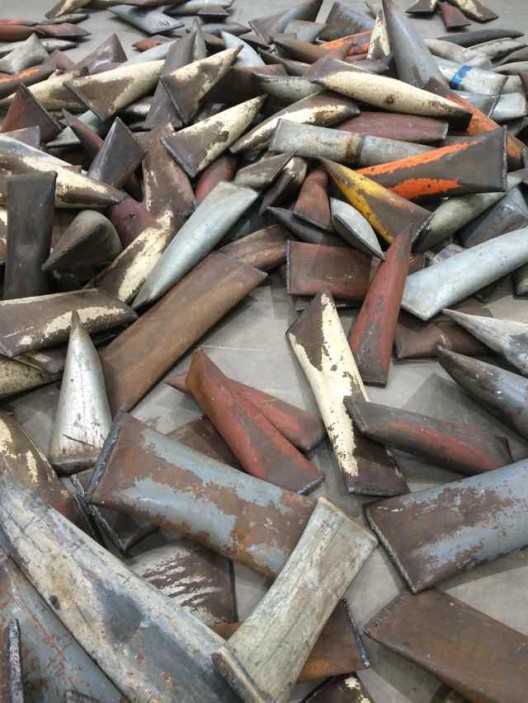
![《柴火》,樟木,200 x 200 x 200 cm[8立方米],2012](http://www.randian-online.com/wp-content/uploads/2015/03/06-528x703.jpg)
![《柴火》局部,樟木,200 x 200 x 200 cm[8立方米],2012](http://www.randian-online.com/wp-content/uploads/2015/03/07-528x703.jpg)
